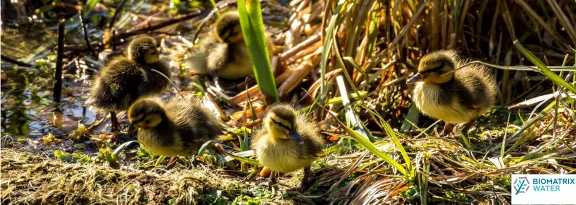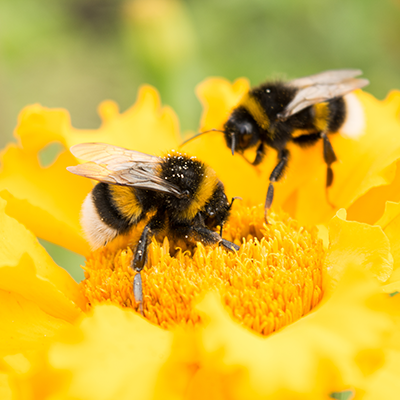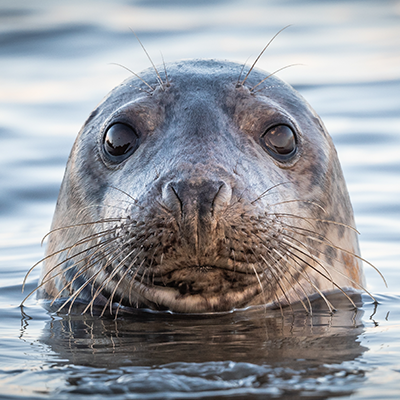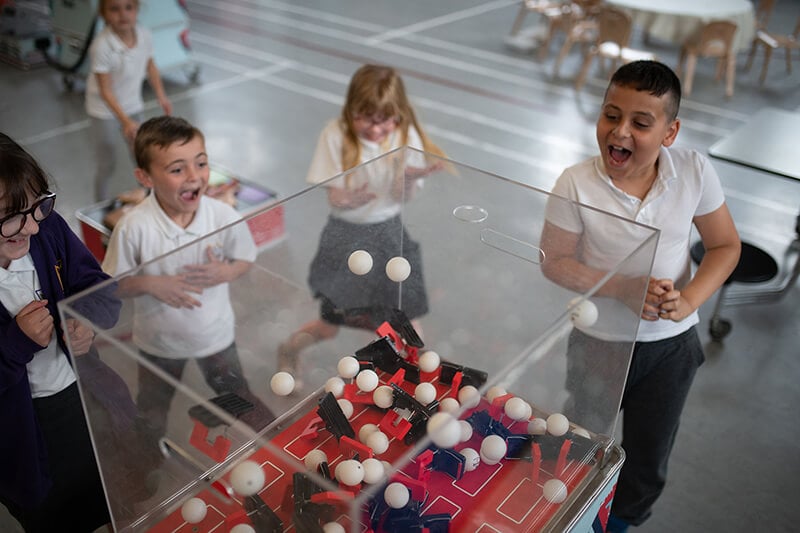Wetland Plants & Animals
The floating wetlands (three floating platforms) will be built on the Canting Basin, the area of water behind the science centre. They will have over 2,000 plants and six nesting spots which will provide a new habitat for animals to thrive. Below are some of the types of plants and trees that will be planted on the wetlands, as well as some of the animals we hope to see.
Click on an image below to find out more about some of the plants you can see.
Click on an image below to find out more about some of the animals you may see.
Plants
Yellow iris
Iris pseudacorus
The drooping petals of the yellow flowers are thought to be the inspiration for the fleur-de-lis symbol, which is used in the logos for the Scout movement.

Purple loosestrife
Lythrum salicaria
The bright purple flowers of this plant are pollinated by long-tongued insects, including bees and butterflies.

Bog Arum
Calla palustris
The flower’s fragrance is quite weak and unpleasant to humans, but it attracts an abundance of wetland flies, beetles, thrips and even molluscs such as snails.

Arrowwood
Viburnum bodnantense
This shrub is an excellent choice for attracting wildlife such as bees, butterflies and birds. Its strong, straight branches were once used to make arrows, hence its common name.

Creeping Jenny
Lysimachia nummularia
An evergreen plant, it is also known as Moneywort because the leaves are shaped like tiny coins. It flowers in late Spring, and though the blooms don't last long, they are very pretty.
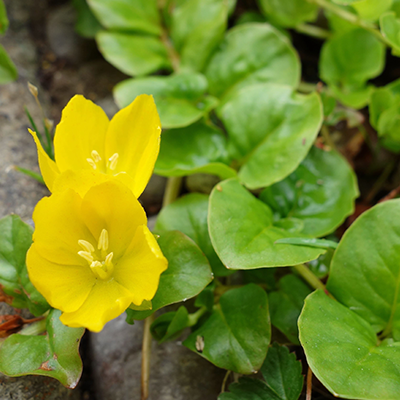
Animals
Moorhen
Moorhens can be spotted in the moat. They eat water, plants, snails, and other insects. They like to live near water and marshes and will use the fluff from the reeds to keep their nests nice and warm.

Cormorant
Cormorants have special feathers which are not waterproof, unlike most water birds. They are excellent swimmers, diving to catch fish. After swimming, cormorants will stand with their wings stretched out, hanging them out to dry in the air and the sun.

Stickleback
Sticklebacks are small fish that live in the moat, and if you’re lucky you might just catch a glimpse of them hidden amongst the reeds. They are carnivorous and feed on insects.

Bee
Bees love all the wildflowers that grow in Spring and Summer and can often be seen buzzing about collecting nectar and pollinating plants.

Seal
If you are very lucky, you might spot seals on the deck of the Canting Basin. Be sure to send us pictures if you do!



